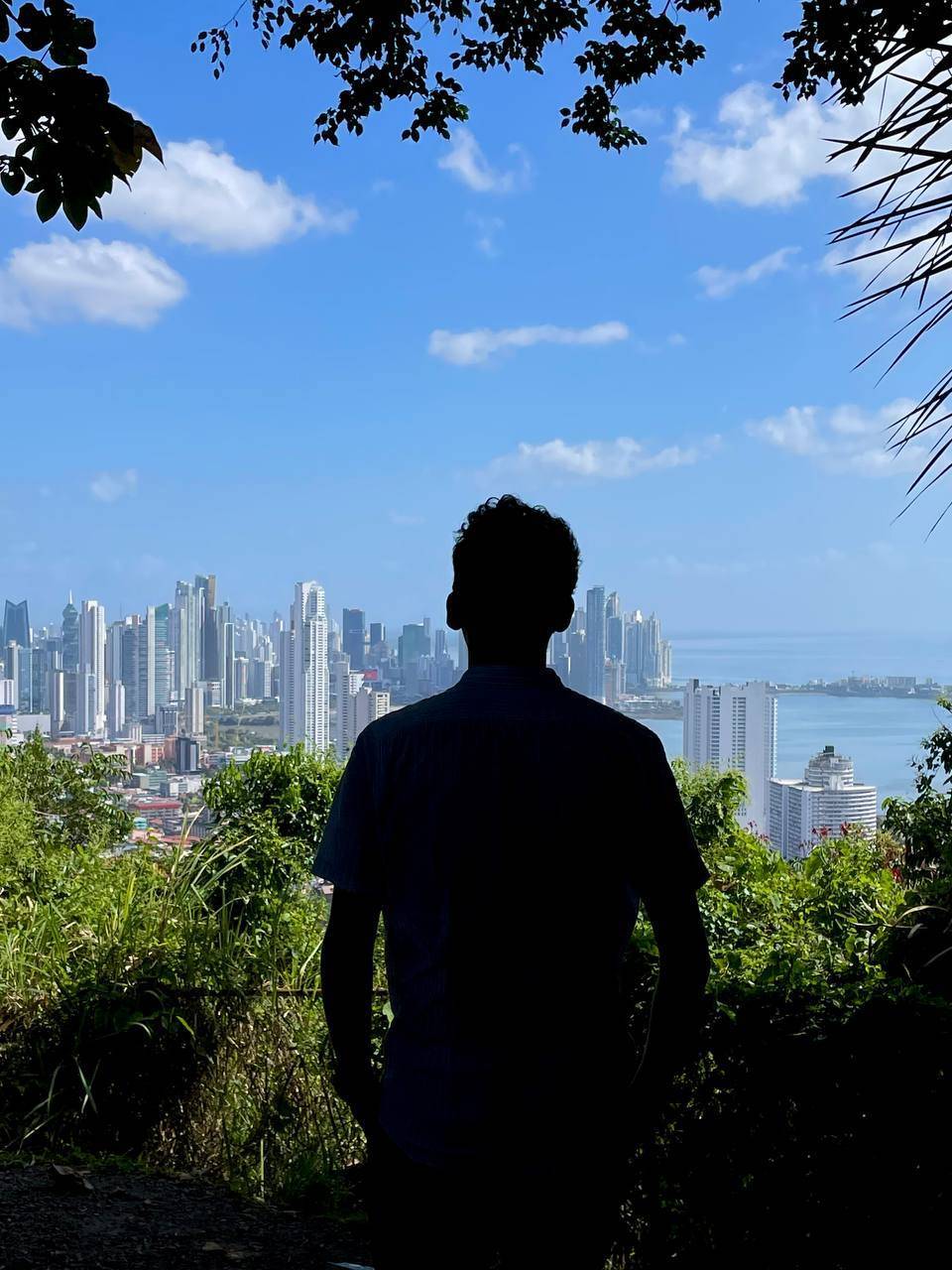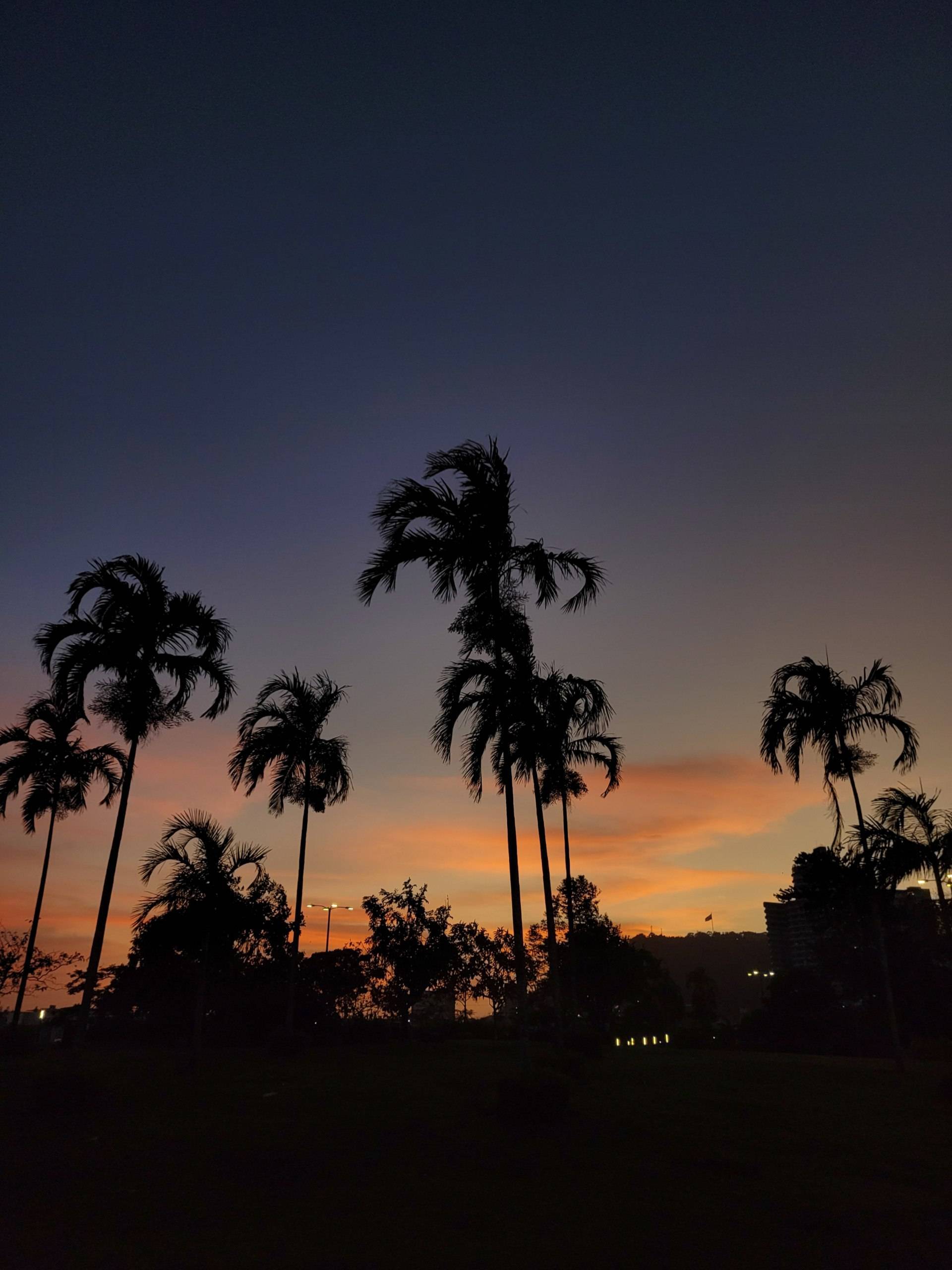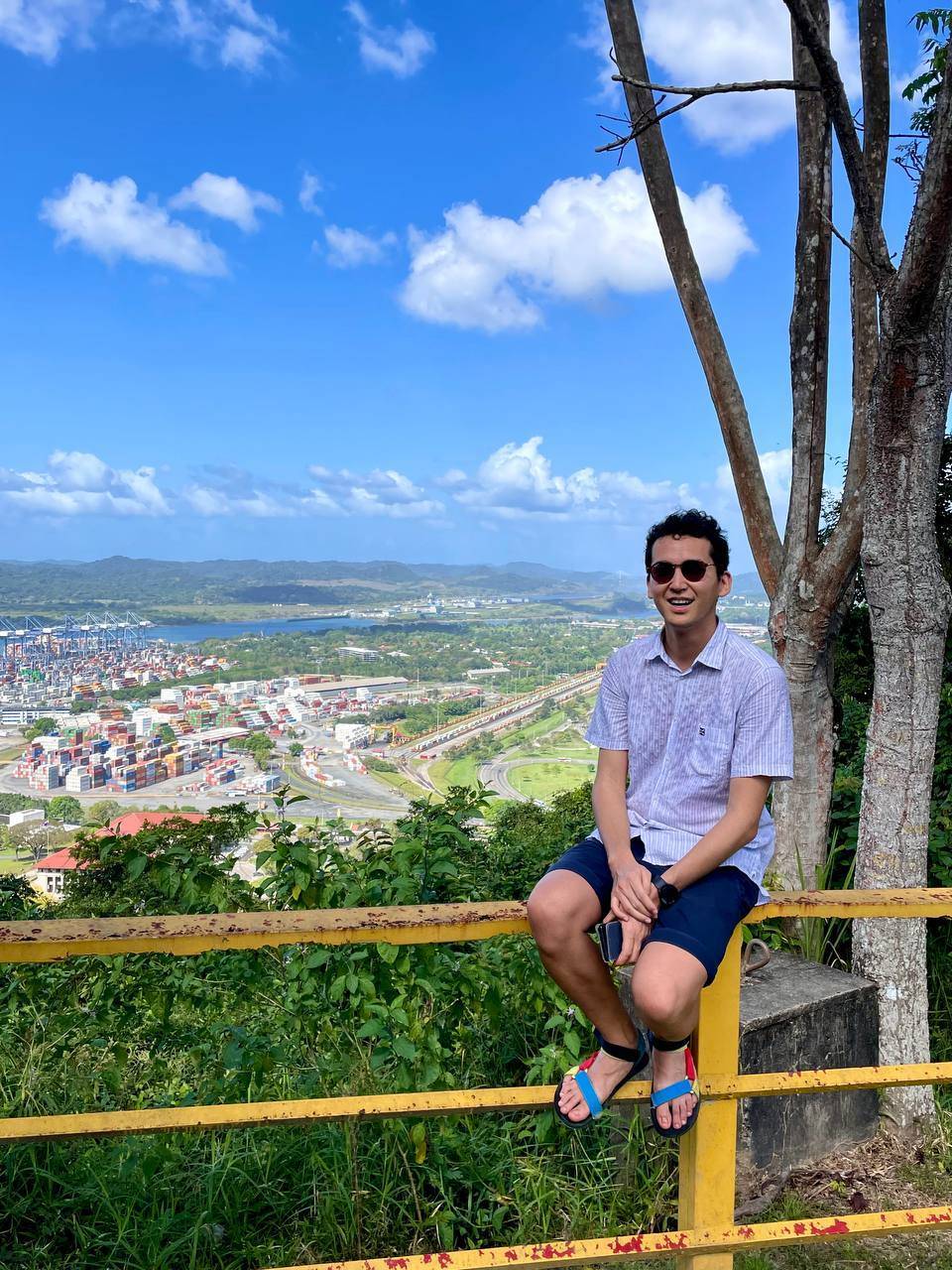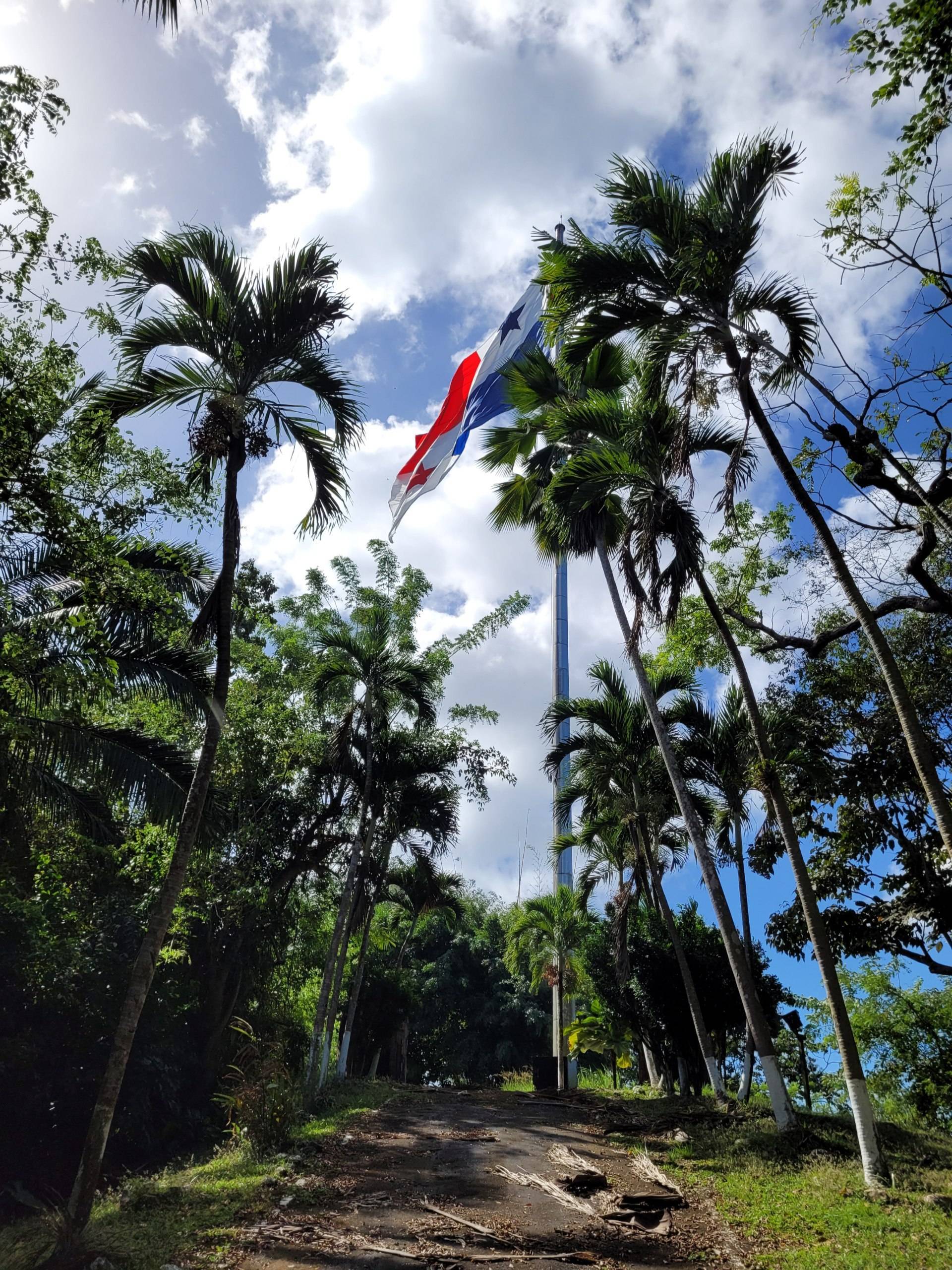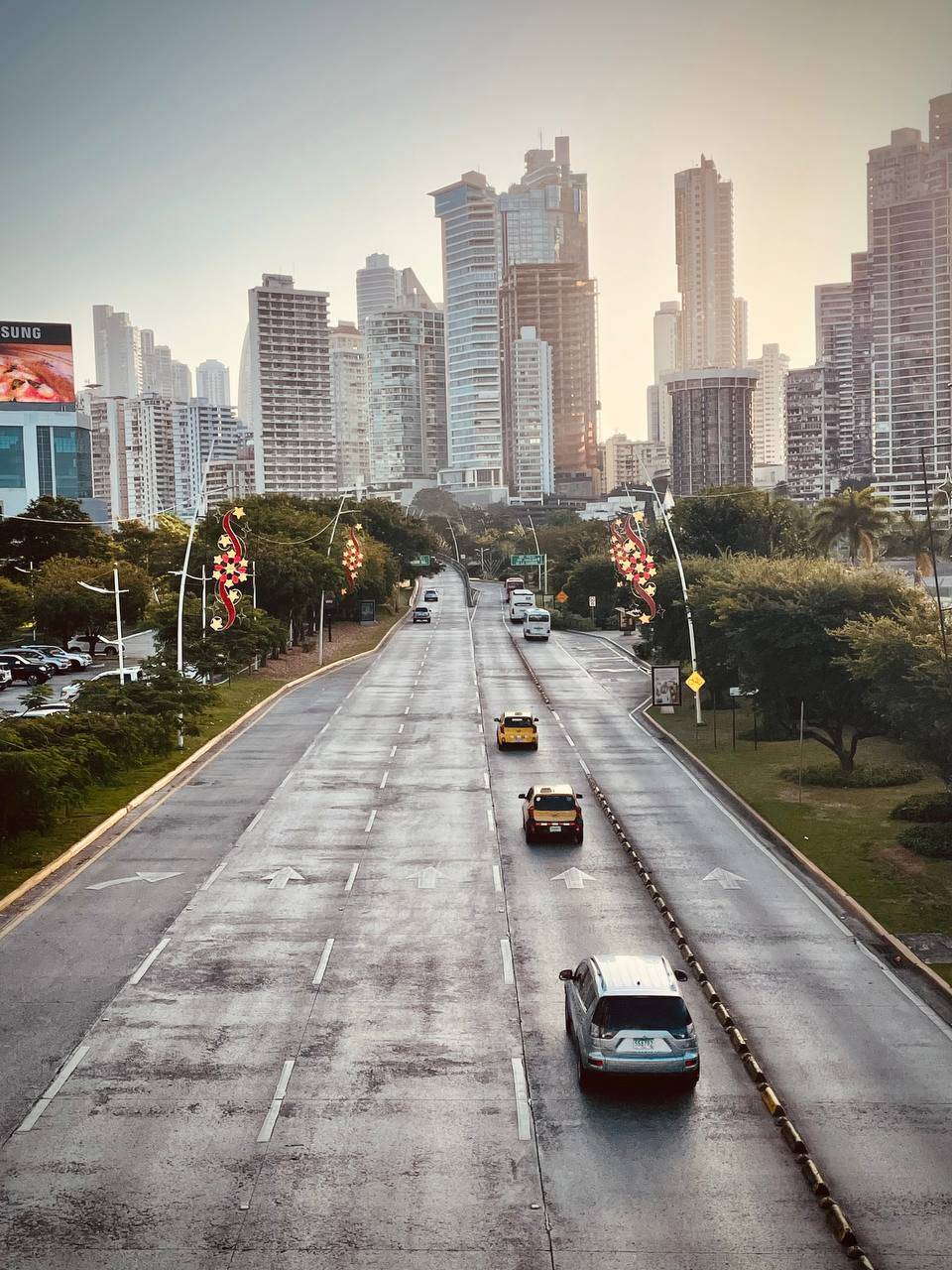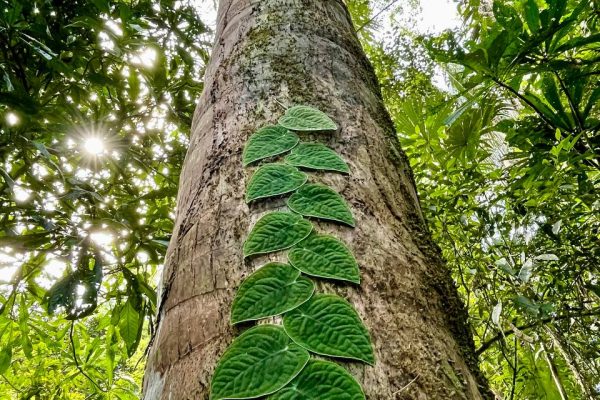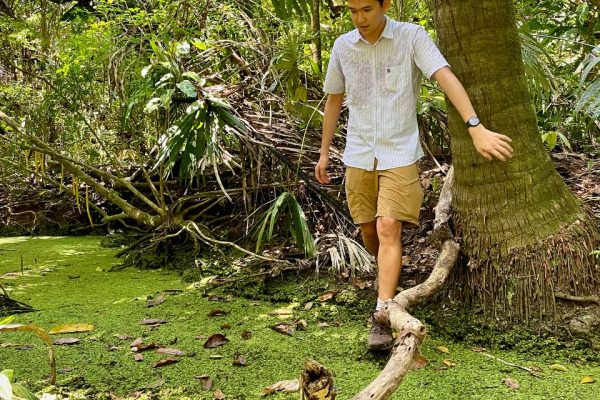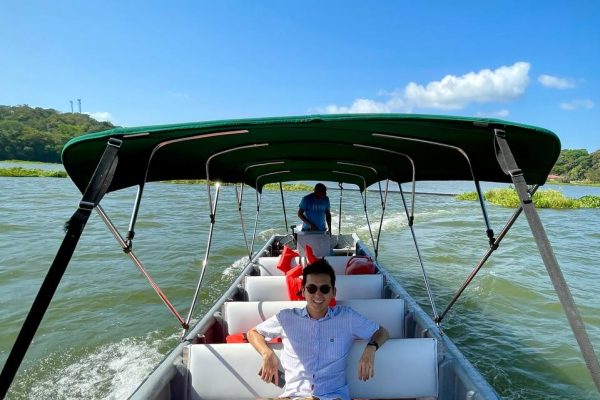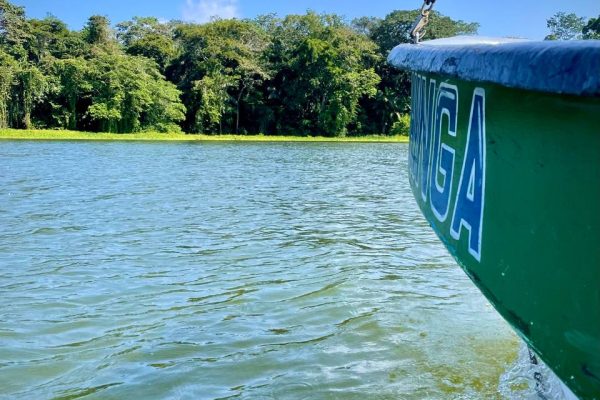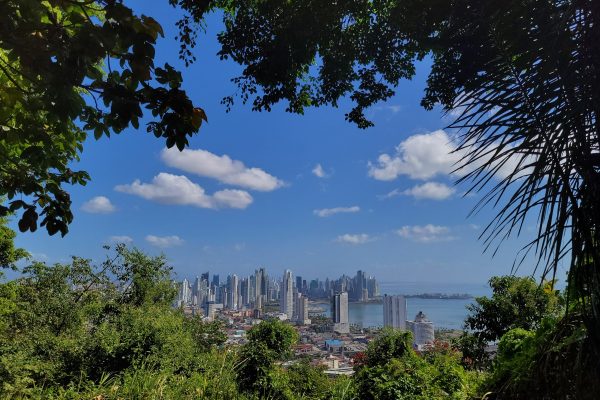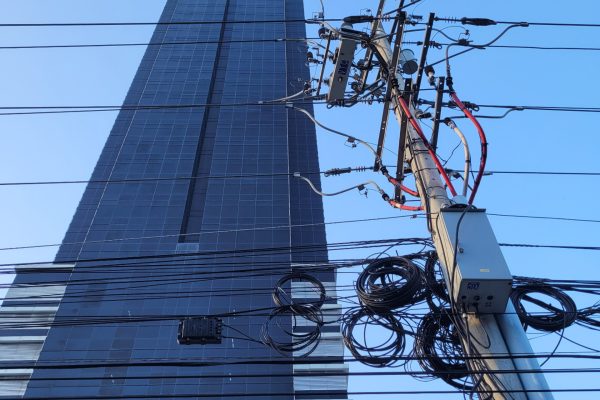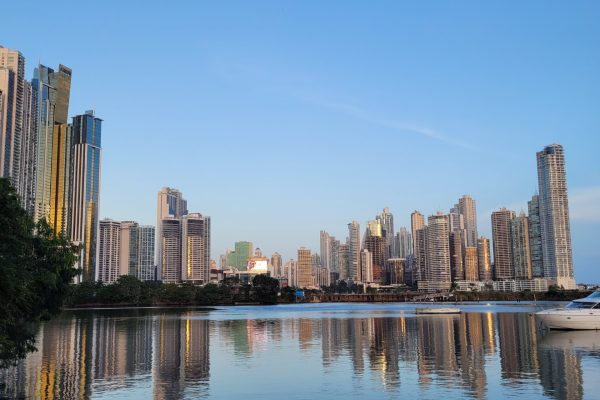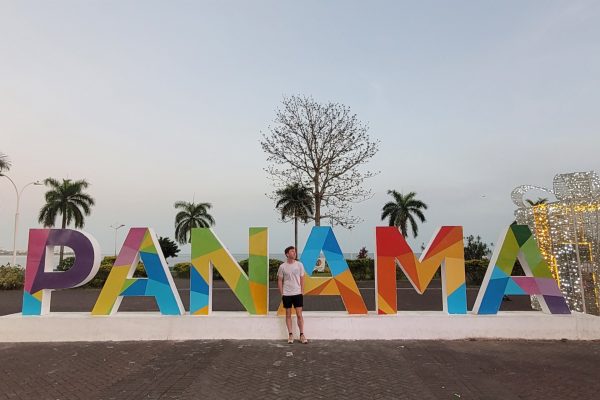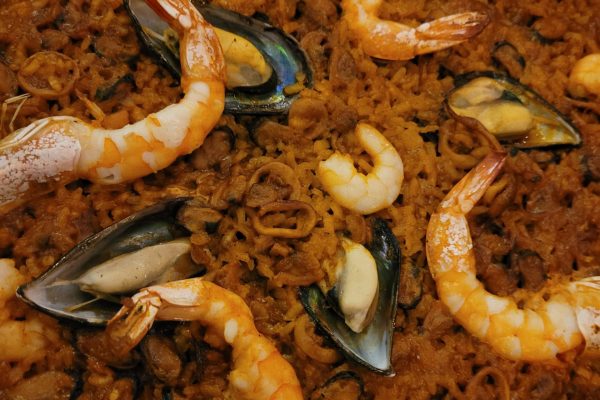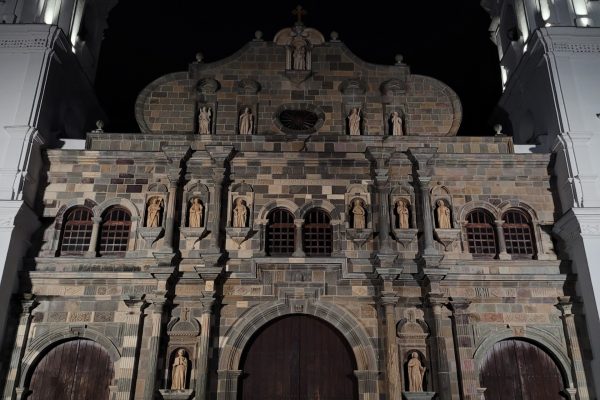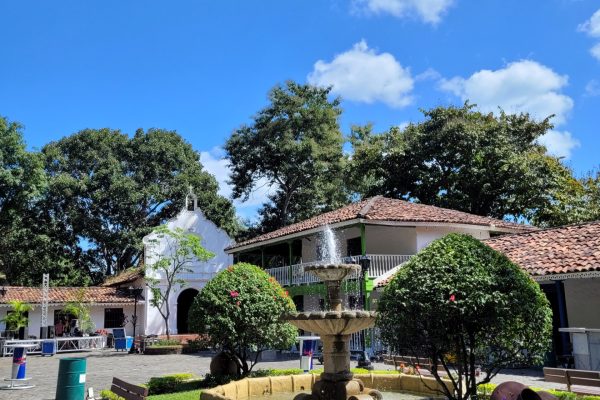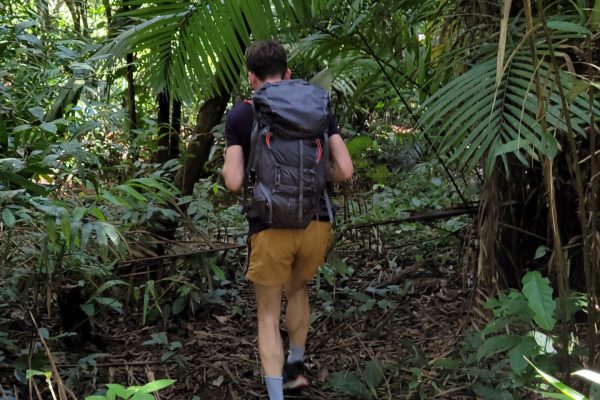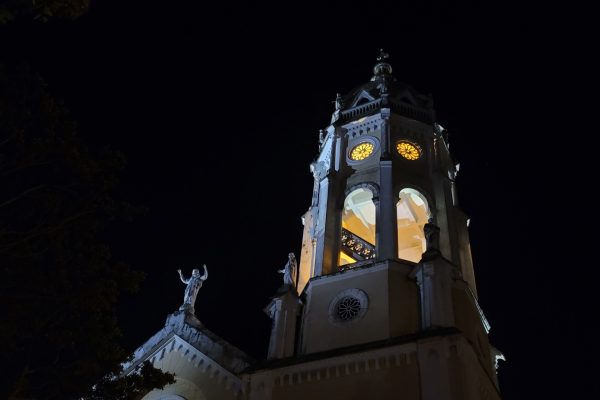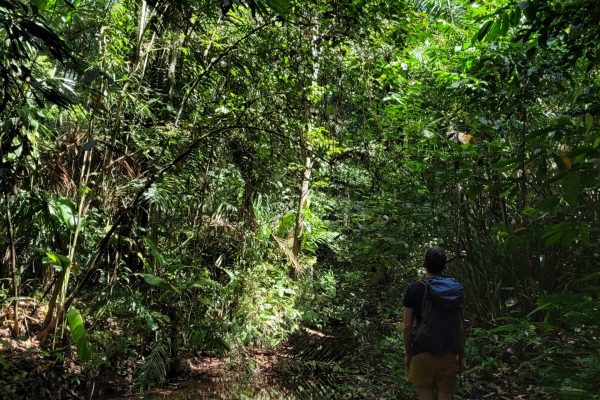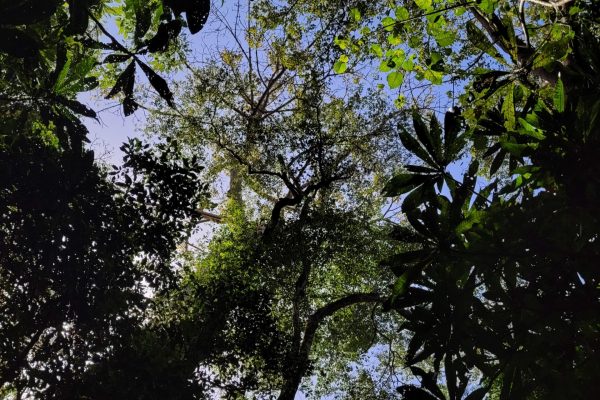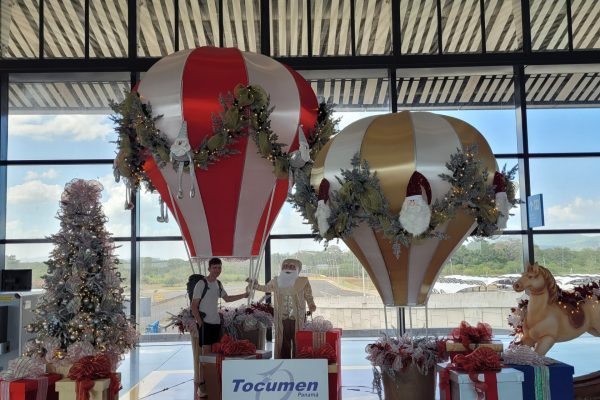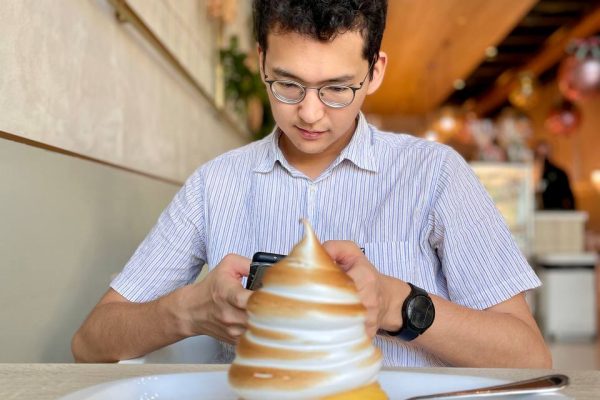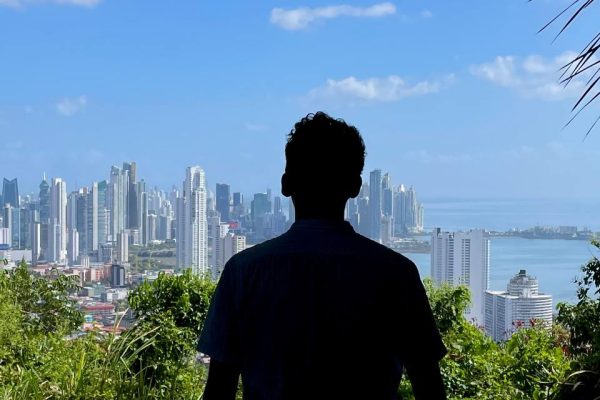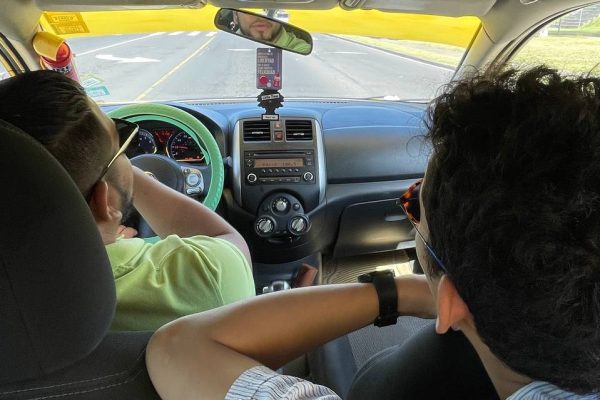Day 1. From Germany to Panama
The weeks leading up to the expedition to Aconcagua were filled with endless work, stress and a bunch of stuff to do that had accumulated by the end of the year. There was no time for normal physical training. There was not even excitement and anticipation of adventure: all my thoughts were about work.
However, the departure day soon came, when we had to go to the airport late at night. With three expedition bags, one barrel and two backpacks, we half-asleep and tired arrived three hours before departure. Our Berlin airport is famous for its long queues.
We had to survive all day on a plane with stinky smells, unbearably crowded, farting and snoring passengers and crying children. Despite being tired, I couldn’t sleep. Films, food and white wine saved me from annoyances and boredom.
We arrived late at night in Panama. Upon exiting the plane, we were immediately hit by humid and warm tropical air. M firsty feelings and emotions in Panama reminded me of my former trips to Southeast Asia.
We waited half an hour in the waiting line at passport control and another half an hour the border police was checking my documents. I’m already used to special treatment because of my weak Kyrgyz passport. Especially in far-far countries such as Panama. Probably, there were only a dozen of Kyrgyz people who have been to this part of the world if at all.
In fact, Kyrgyz citizens need a visa to Panama, but thanks to my residence permit in Germany, I could enter without a visa. This is practiced in several countries around the world. Previously, it was also possible to enter Argentina with the Schengen visa, but unfortunately this rule was canceled a few years ago. So I had to apply for Argentinian tourist visa. Additional 150 EUR of costs.
Having ordered an Uber taxi, we finally got to our hotel: we chose a hotel from containers. After all, Panama is one of the centers of world maritime trade.
Day 2. Historical trails in the jungles of Panama
Waking up early in the morning, we first went to look for a coffee shop. We got some first impressions of the city:
- Architectural contrasts: a lot of fancy skyscrapers on one side and dilapidated buildings on the other
- The whole infrastructure is made for cars. The city is not friendly for pedestrians: giant highways and narrow sidewalks.
- Garbage cans with the strongest stench due to the tropical climate
- Brightly colored traditional buses
- Half-empty streets in areas with skyscrapers. Maybe because of Christmas? Or are they always so empty?
- A lot of things are in the American style: from sockets to road markings.
Although not surprising: the country has long remained under the direct influence of the United States. The Panama Canal used to belong entirely to the United States.
After breakfast, we took a taxi straight to Gamboa, where the aquatic and foot paths of Indians, pirates and conquistadors used to cross. There we took a boat to the start of our hiking trail through the Panamanian jungle in the Soberania National Park.
It was difficult to walk from the water to the main trail. We had to navigate the area. It was impossible to recognize any trails here – everything was overgrown with lush greenery. However, it became easier on the main trail – there are at least markings on the trees. In some places, the trail even retained cobblestones from the time of piracy.
Walking through the Panamanian selva was a real adventure, especially realizing the fact that there are poisonous spiders, toads, snakes and other predatory animals around. It was fun to watch Chris moving overly cautiously and timidly through the thicket, examining every strange branch and leaf along the way, shying away from the smallest living creatures.
Here I felt like some kind of explorer or discoverer, looking for unprecedented treasures. The treasure was before us – a dense and mysterious tropical forest.
We were lucky to see some strange animals in the trees, similar to monkeys that were making strange sounds, lizards, tropical birds, giant butterflies, toads, spiders, dragonflies and ants, diligently carrying green leaves to their anthills. All around you could hear the sounds of nature. It was especially fascinating how the cicadas, as one, sang their extraterrestrial choir.
There were many impressions even during this short hike. We now dream of a bigger and more difficult adventure somewhere in the distant Amazon or here not far in Panama – for example, trekking through the famous Darien Gap, the only impassable stretch of the trans-American highway.
We ended the day with a long walk along the promenade to the old town, where we had an amazing dinner at a fish restaurant with vibrant Latin American music. Returning tired but satisfied back to the hotel, we noticed that most of the skyscrapers were empty. All these empty skyscrapers are the apogee of global capitalism, when the city was built not for the sake of people, but for the capital of the rich, who evade taxes in their countries. Who knows, maybe some corrupt Kyrgyz has pawned his wealth in these places?
Day 3. Hope of Panama
Today after lunch we fly further to Argentina. Before lunch, we managed to climb a stunning rock in the city center, where a huge Panama flag flutters. This rock is a symbol of the struggle of the Panamanian people for independence. There used to be an American flag here.
There are stunning views of skyscrapers, the ocean, rainforests and the Panama Canal. From here you can see the whole gigantic potential of this small country. It was a wonderful conclusion to our acquaintance with Panama, a country of contrasts. I am grateful for the opportunity to get to know this country and its cheerful, open and kind people.
Postscript.
Now we are flying 6 hours on a plane to Mendoza. Chris and I are itching all over. I hope we didn’t pick up bed bugs or something like that from the hotel. Also, it’s terribly cold here: I completely froze, sitting only in a T-shirt and shorts.


